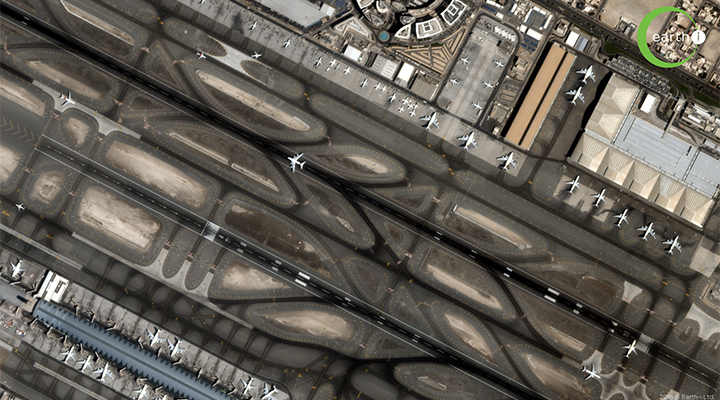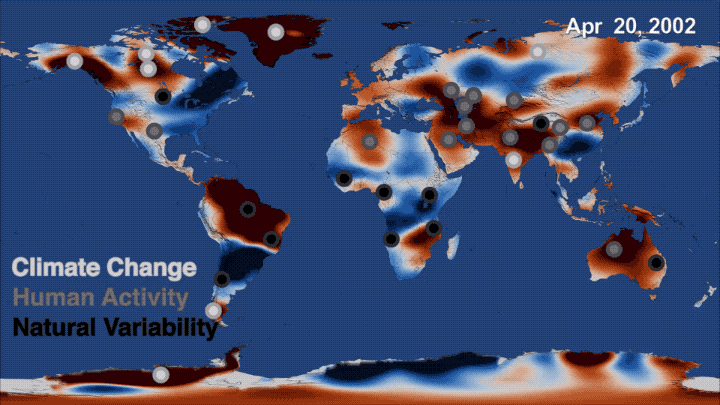
This startup is capturing full-color videos of Earth in extraordinary detail

It may look like SimCity, but it is real-life. You can just picture intelligence agencies rubbing their hands with glee thinking of the sheer possibilities it could enable. UK-based geospatial startup Earth-i’s VividX2 satellite is revolutionizing earth observation, and there’s no two ways about it.
Launched in January 2018, VividX2 is world’s first commercial satellite to capture a 2-minute-long, 50fps video of any given location on the planet from 300 miles up in the space at a resolution of 60cm. The still imagery that this satellite takes is also captured from multiple angles to enable the construction of a 3D model of the area.
If you think this sounds similar to another geospatial startup we love, Urthecast, let us remind you that the videos captured by its Iris satellite have a resolution of 1 meter. For applications like defence, security, disaster response or maritime monitoring, this difference is like chalk and cheese.
See the video below to fully appreciate the incredible level of detail Earth-i has managed to conquer:
Each element on the ground is vividly distinguishable. The depth and quality of the data is so rich that Earth-i is able to discern everything from the speed of the slowest vehicle on a highway to the acceleration of a motorboat speeding in the ocean. And with the data being downloaded within minutes of acquisition, the startup is now leveraging computer vision and machine learning techniques to develop advanced analytics and insights from the big data trove it is amassing by revisiting a location up to 4 times a day.
Earth-i is positive that it has the power to provide governments and businesses with a unique ability to improve decision-making, monitor assets more cost-effectively, track changes in critical locations in a timely manner, and predict future events with more certainty. What are your thoughts?







